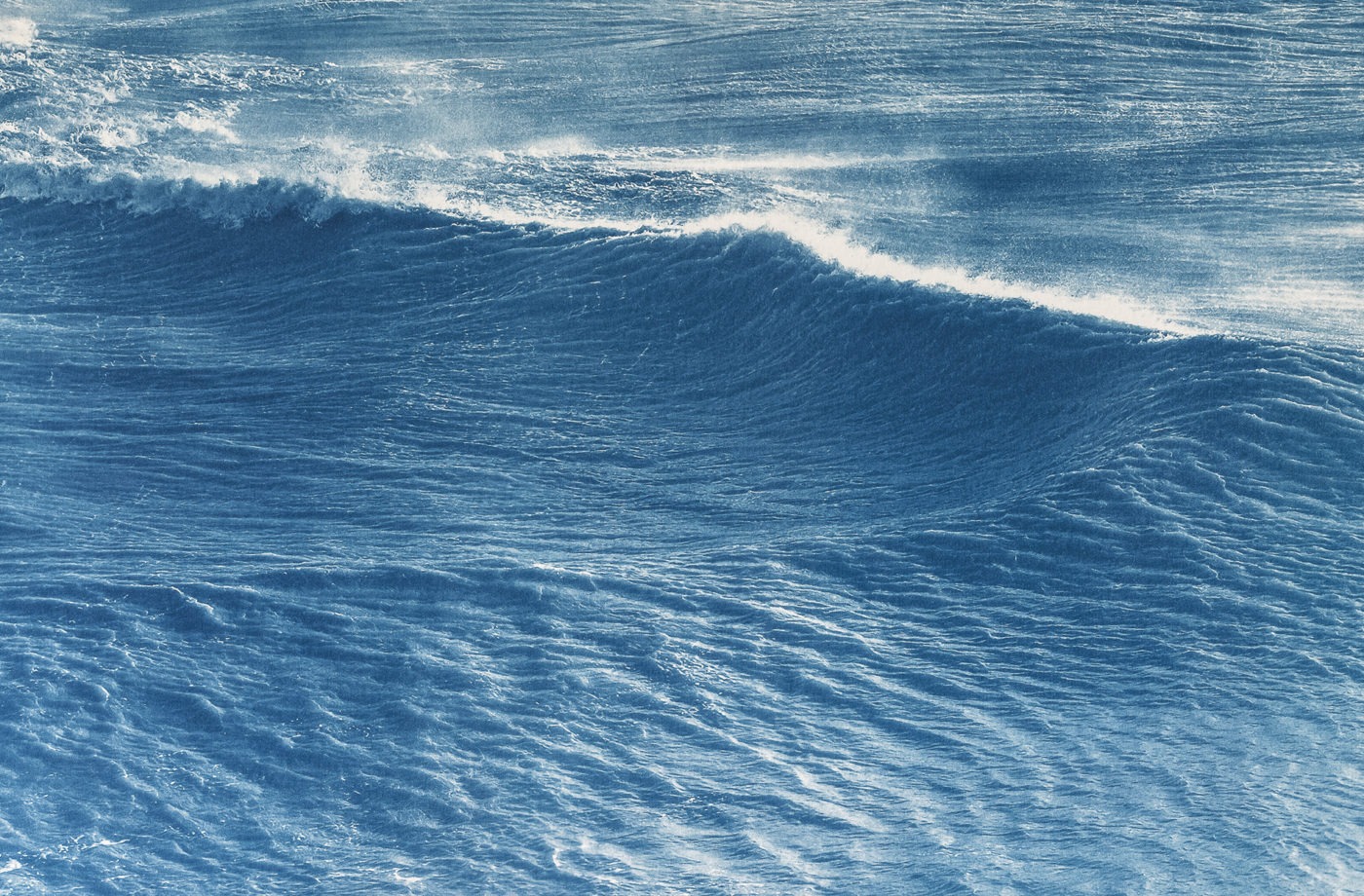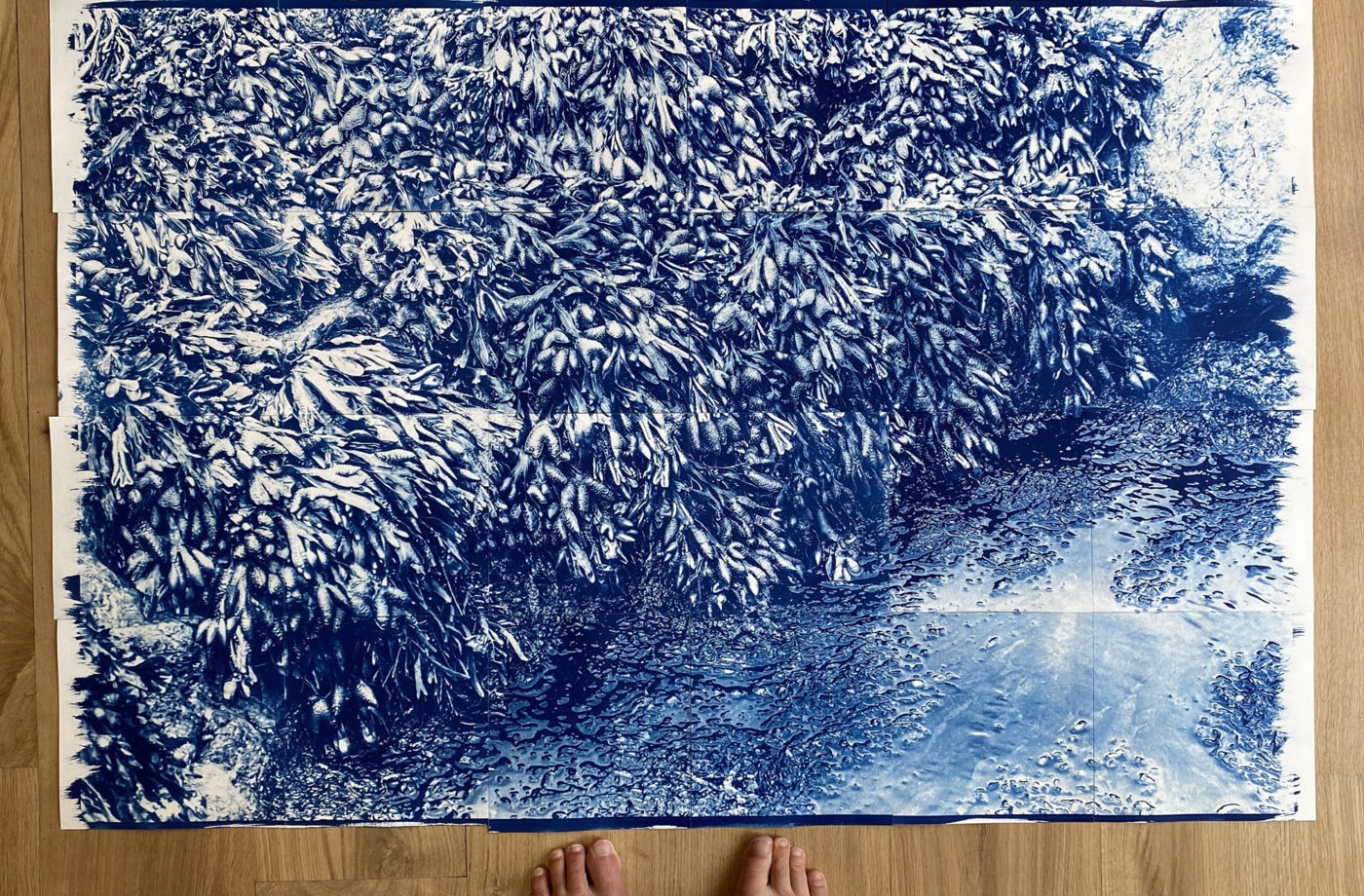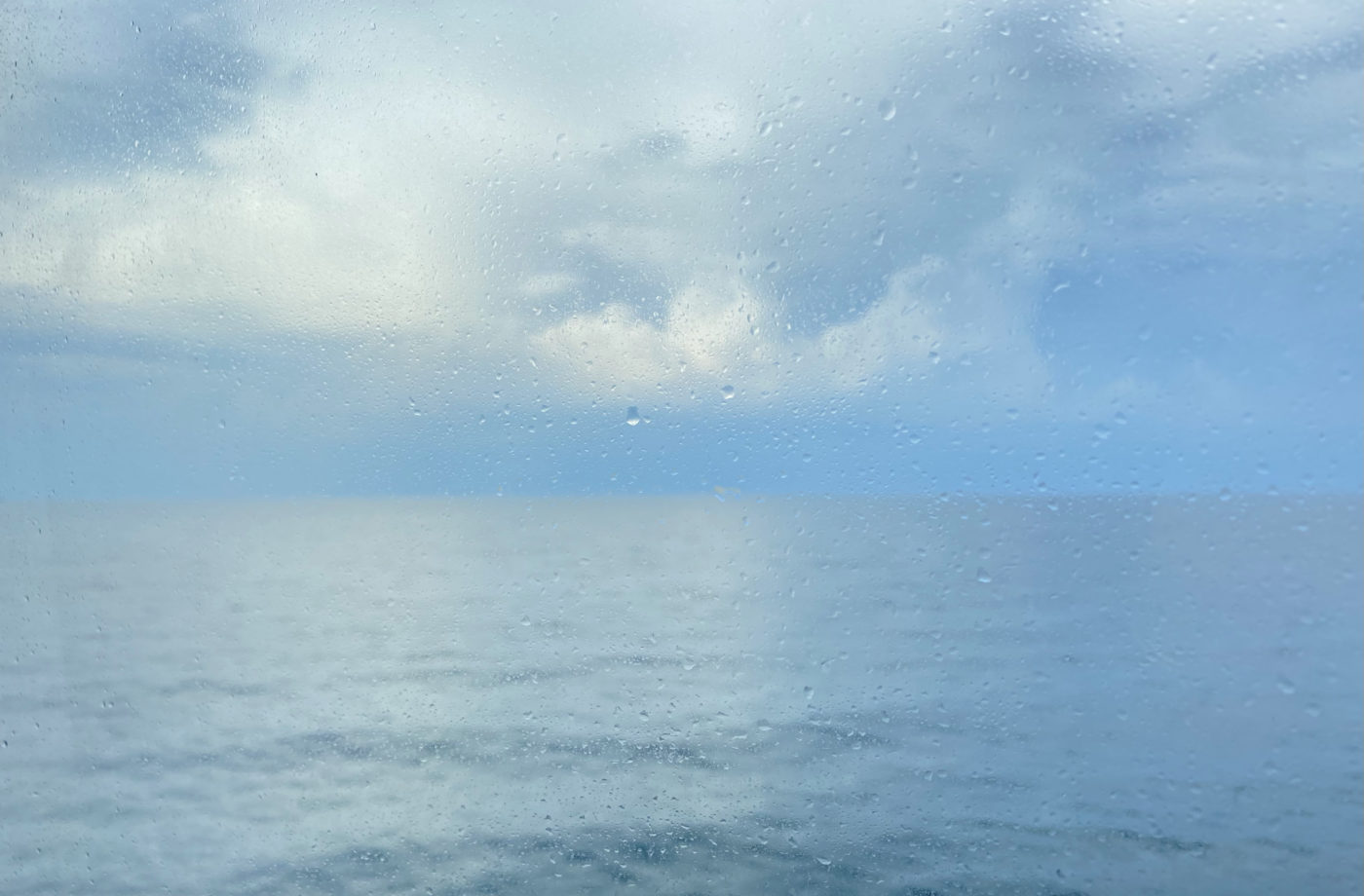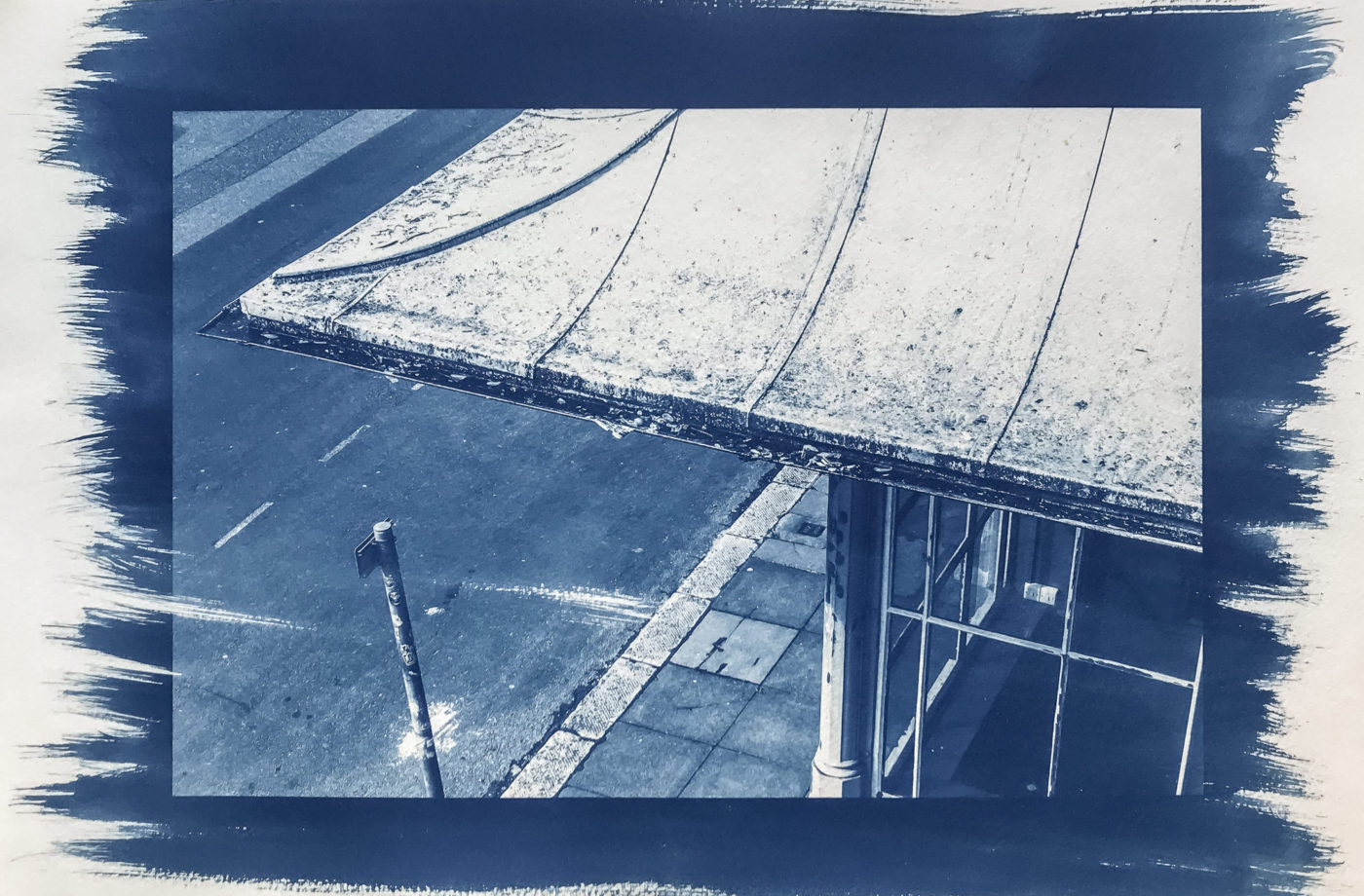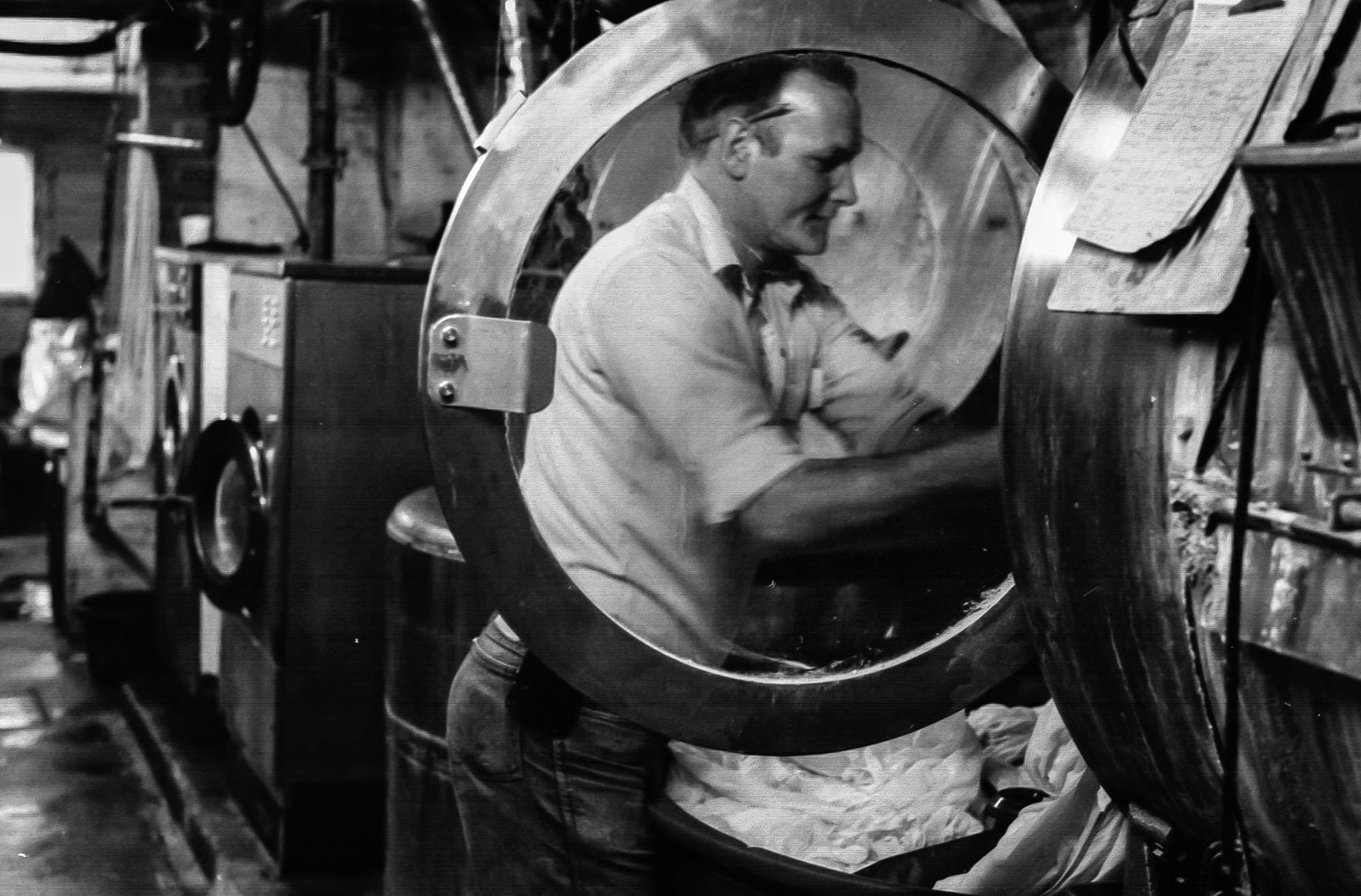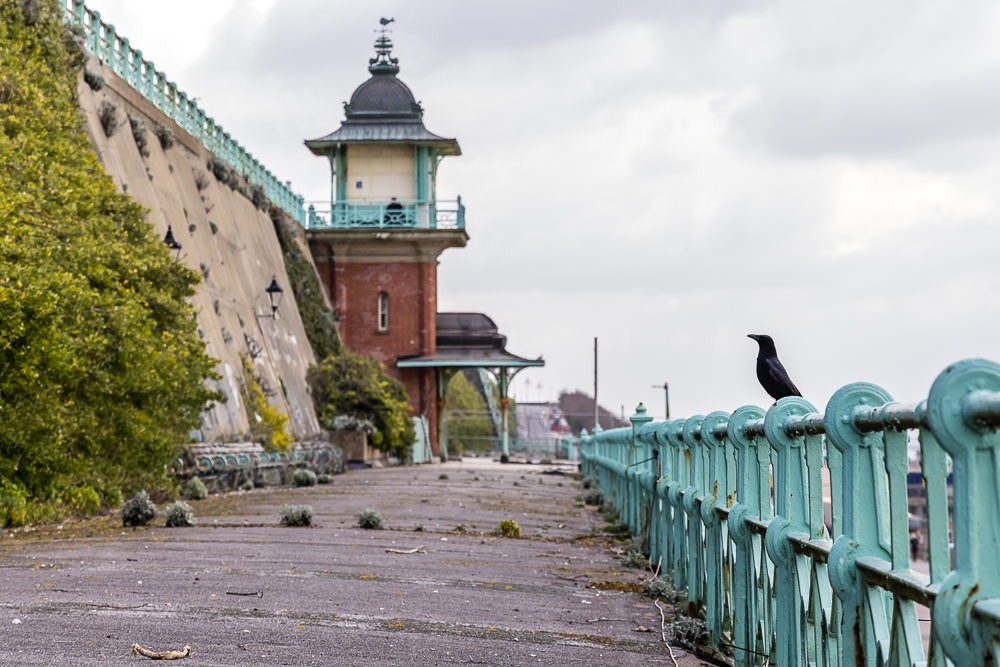New book of cyanotype landscapes coming soon
I am very pleased to announce that my new book sea shore will be ready in time for my Artwave show in September. The first edition of 100 copies will be printed over the next week and then I will begin the process of hand binding them all. The book is a collection of 29 cyanotypes of sea and shoreline landscapes, with two poems written specifically for this project by American poet Sara London.
My photo this week is the image on the cover of the book. This curved wave was photographed in Newhaven during a winter storm. The unusual shape came, I think, from the force of the wave rebounding against the arm of the breakwater and circling back into the harbour.
I headed to the coast early in the morning the day after the worst of the storm. The wind was still fierce but the sky was clear. Low sunlight skimmed across the water, highlighting every ridge and wrinkle on the wind-whipped surface and catching in the white spray of the waves.
In my Artwave exhibit I will be showing the original hand-printed cyanotypes used for sea shore, several of them printed as large, multi-panelled prints, as well as having the book itself available to buy. I have also been working with architectural imagery, creating cyanotypes from some of my recent projects, including Brighton’s Madeira Terrace and the Brighton Dome Corn Exchange.
I will be exhibiting with the painter Kelly Hall again this year. Our show will be open over the last three weekends in September at St Anne’s House, 111 High Street, Lewes, BN7 1XY.
Information about pre-ordering sea shore is here. All my hand-printed cyanotypes are available to buy. Information about purchasing my prints and books can be found here. Please contact me if you have a workplace, an event, a celebration, a portrait or a building project you would like to have photographed.
